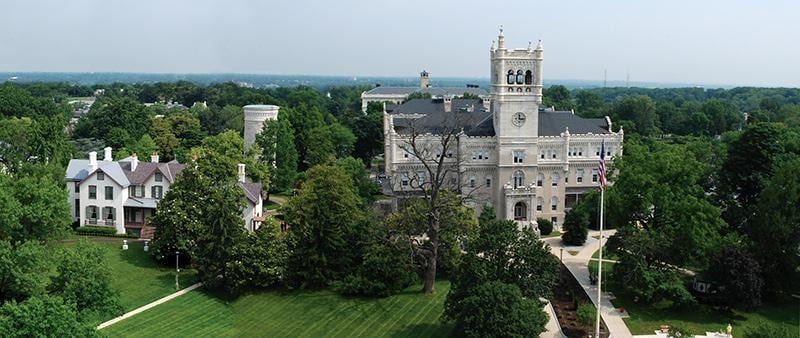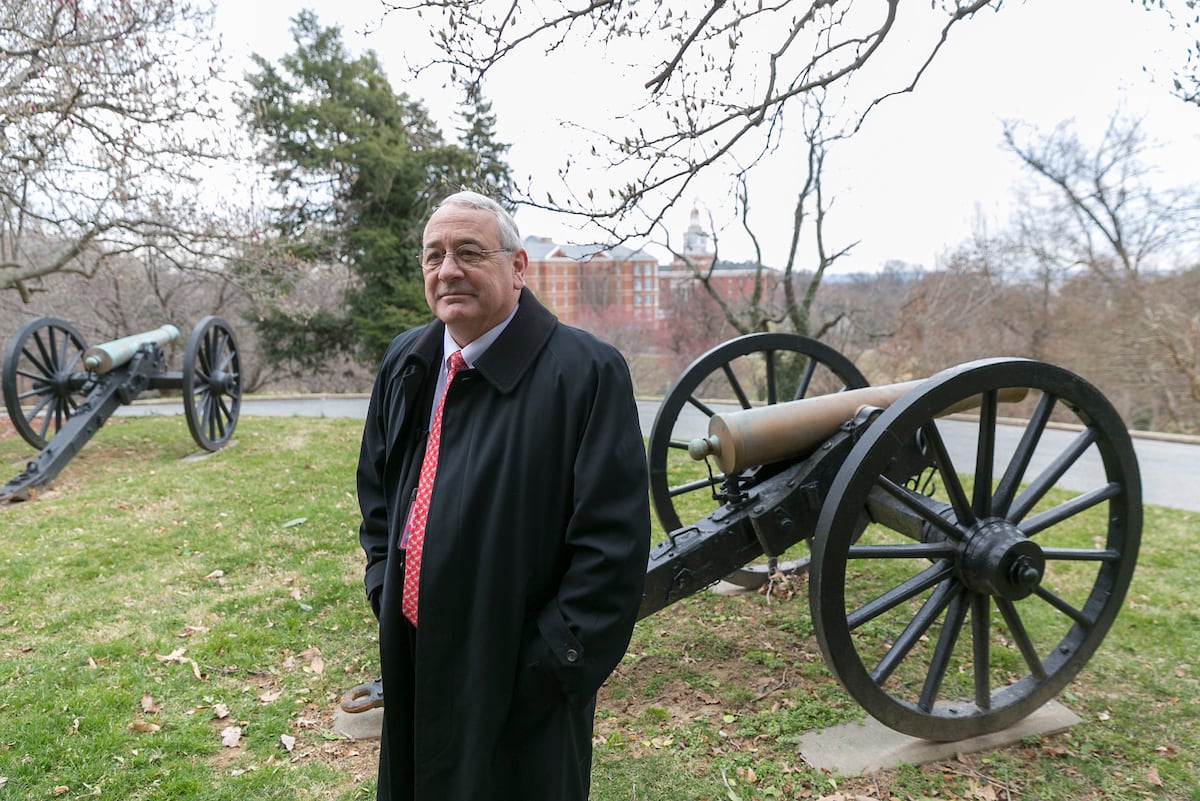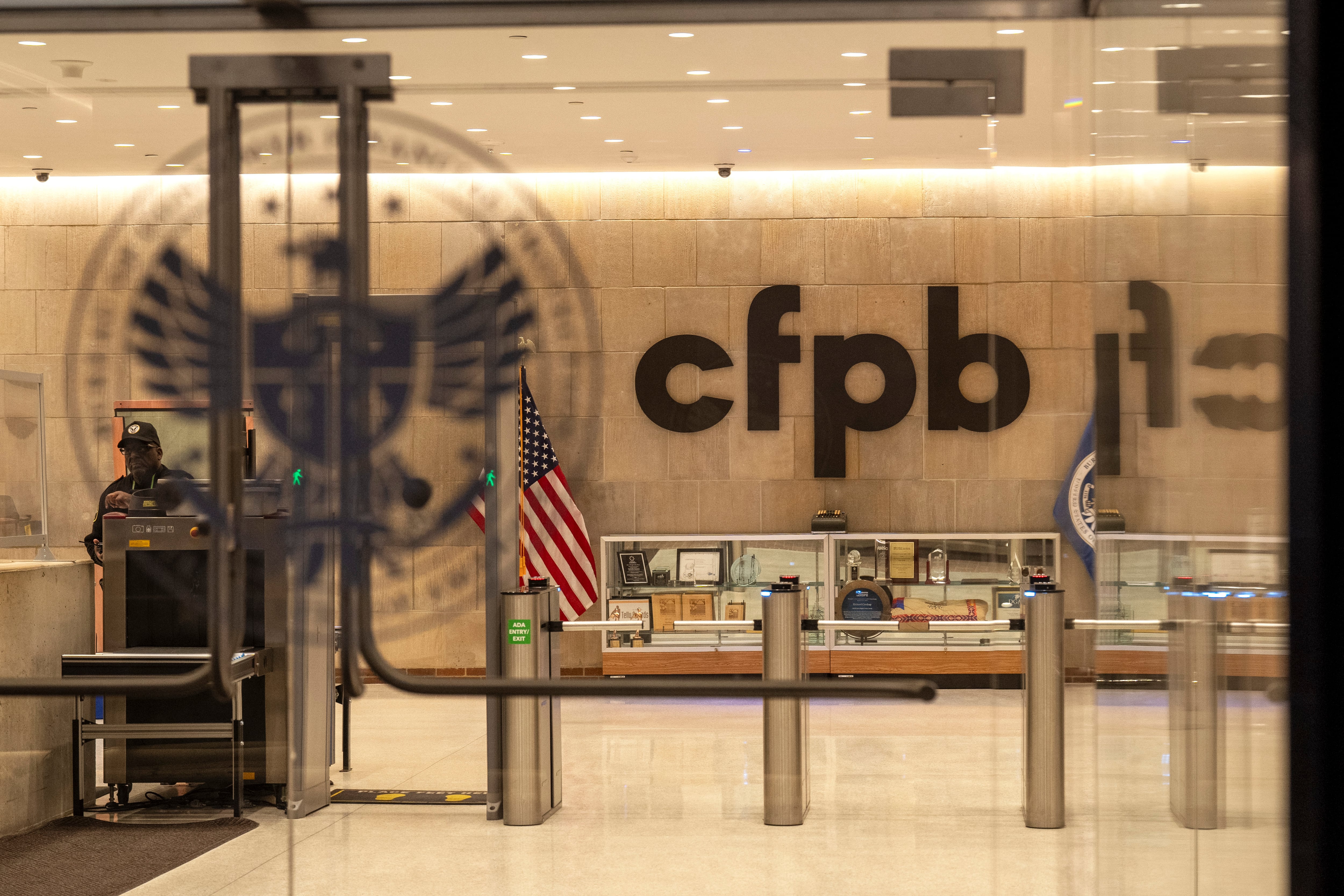Many residents at the Armed Forces Retirement Home ― particularly those with higher incomes ― will begin paying higher monthly fees in October as officials look to cover more of their operating costs, shore up AFRH finances and decrease the need for taxpayer dollar bailouts.
More than three-fourths of the residents live in independent living units, where the average monthly fees paid will increase by about 55 percent ― from $1,226 to $1,895. The cost of providing that independent living unit and associated services such as three meals a day, health care services, transportation and activities is $3,054.
“This is a difficult thing to do and not an action we take lightly,” said retired Army Maj. Gen. Stephen Rippe, chief executive officer of the Armed Forces Retirement Home. “Each resident served our nation in uniform, and their experience in the military and the circumstances they live with today as a result of that service are deeply personal.”
The AFRH has 858 residents on two campuses ― one in Washington, D.C., and one in Gulfport, Mississippi. It can accommodate 1,056 residents.
The fee increase comes as the result of an analysis of the cost for each level of care at the facility, and an analysis of residents’ income.
“We realized when we determined what our cost was, that our maximum fee was dramatically less than that. We had residents who could afford to pay full cost in independent living but the taxpayer was heavily subsidizing it,” said Rippe, who took over as CEO of AFRH in November. He and his staff have been analyzing operations and looking at new ways to bring in more revenue.
RELATED

AFRH and DoD officials have been examining every aspect of the AFRH operations, in the wake of a serious cash flow problem that resulted in nearly the AFRH trust fund. It declined from $186 million in 2010 to $46 million in 2015.
AFRH has been operating at a deficit of about $20 million a year, with the shortfall being made up by taxpayers.
Independent living fees are now capped at $1,458 a month or 40 percent of income, whichever is less. New fees will be capped at the actual operating cost of $3,054 or 60 percent of income, whichever is less.
While 10 percent of residents will be paying the maximum amount, others will see increases because the calculation will require a higher percentage of income. For those paying less than the operating costs, the difference is subsidized by the 50-cent-a-month deduction from active-duty enlisted service members’ paychecks and fines imposed on enlisted members for disciplinary violations.
Rippe held a town hall with residents Monday morning at the Washington, D.C., campus, and video conferenced with the Gulfport residents.
“The reaction when we talked to residents was positive,” he said. The majority of residents have income in the $40,000-a-year range, he said, and many have done research and know the AFRH cost is less than that of other similar facilities.
“There are obviously a few people who are disgruntled, especially the people that are in the higher income range ― $60,000, $70,000, $80,000, $90,000 a year, whose fee actually more than doubles,” he said.
One resident of the Washington campus contacted by Military Times disagreed with that overall assessment. He said the fee increase essentially amounts to a 20 percent pay cut, and that residents are “unhappy and disappointed.”
“It’s the main topic of conversation” at the home, he said. “There will probably be a mass exodus soon. I will be one of them.
“This is a sad story because it will do little to solve the problems. We’re in this situation because of the gross mismanagement over the past five or six years. ... The real losers are the ones who are too old to leave. They have no options.”
No current residents in the level of care of assisted living, long-term care and memory support will pay the new maximum amount because of their income levels, Rippe said. Average fees in those units will drop by 21 percent, to about $2,120 a month, because while the maximum payment will more than double ($10,626 for memory care, $10,413 for long-term care) the income percentage limits will drop from an 80 percent maximum to 70 percent.

According to surveys by John Hancock and Genworth Financial, the monthly fee maximums are similar to costs for a private room in long term care in the Washington area. However, those commercial facilities don’t include many of the services AFRH offers, Rippe said.
There is no financial test for AFRH residents; eligibility is based on status generally as retired enlisted members ages 60 and older; and certain other former enlisted members incapable of earning a living.
Rippe and his staff have been studying other options for increasing the revenue of the AFRH.
Karen has covered military families, quality of life and consumer issues for Military Times for more than 30 years, and is co-author of a chapter on media coverage of military families in the book "A Battle Plan for Supporting Military Families." She previously worked for newspapers in Guam, Norfolk, Jacksonville, Fla., and Athens, Ga.




